Explore Storytelling Through 300 Years of Quilts in ‘Fabric of a Nation’

While we often associate quilts with their function as bedspreads or an enjoyable hobby, the roots of the craft run very deep. The art form has long been associated with storytelling, and numerous styles have enabled makers to share cultural symbols, memories, and autobiographical details through vibrant color and pattern.
African American quilters have significantly influenced the practice since the 17th century, when enslaved people began sewing scraps of fabric to make blankets for warmth. Through artists like Harriet Powers in the 19th century or the Gee’s Bend Quilters, this powerful mode of expression lives on in rich tapestries and textile works being made today.
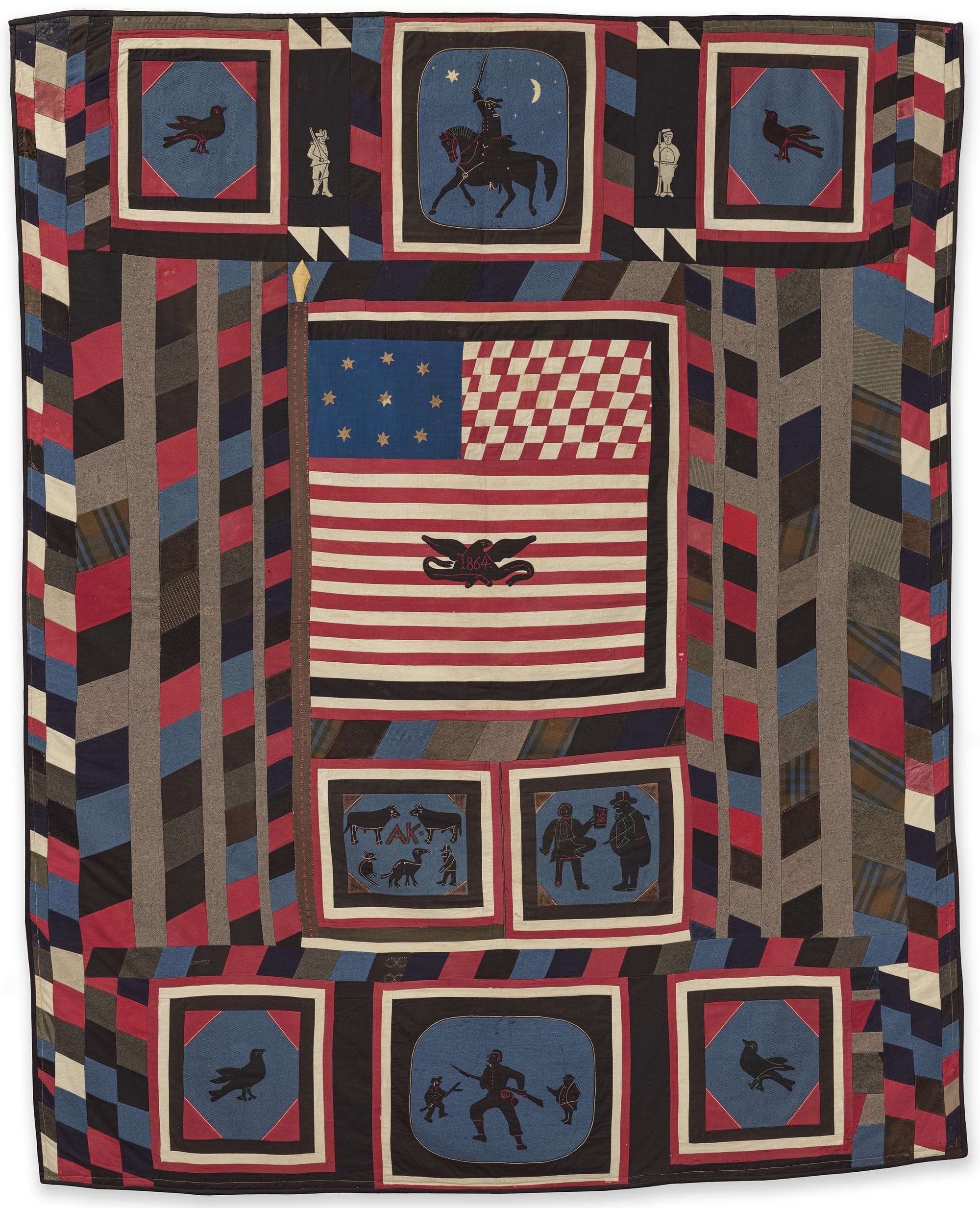
A new exhibition titled Fabric of a Nation: American Quilt Stories from the Museum of Fine Arts, Boston opens this week at the Frist Art Museum, surveying nearly 50 quilts from the MFA’s collection. Works span the 19th through 21st centuries, with bold textiles by contemporary artists like Bisa Butler included alongside Civil War-era examples and commemorative album quilts.
Stories play a starring role in Fabric of a Nation, which delves into the socio-political contexts in which the pieces were made and how narrative, symbolism, and autobiography shaped their compositions. For example, a unique Civil War quilt completed by an unknown maker in 1864 repurposes fabric from Zouave uniforms. Small panels featuring birds, soldiers on horseback, and the American flag transport us to a time when the U.S. had been at war for three years.
Another fascinating piece is another flag composition in which the stripes have been stitched with dozens of names, including Susan B. Anthony near the top of one of the central columns. Known as the “Hoosier Suffrage Quilt,” it’s thought to chronicle suffrage supporters.
More recently, Michael C. Thorpe’s untitled work features the bold appliquéd words “Black Man” over pieced batik fabrics. Butler’s large-scale “To God and Truth” is a colorful reimagining of an 1899 photograph. She transforms a black-and-white image into a vibrant, patterned portrait of the African American baseball team of Morris Brown College, Atlanta.
Fabric of a Nation opens on June 27 and continues through October 12 in Nashville. Find more and plan your visit on the museum’s website. You might also enjoy exploring more quilts by Black Southern makers or Stephen Townes’ embroidered tableaux of leisure in the Jim Crow South.
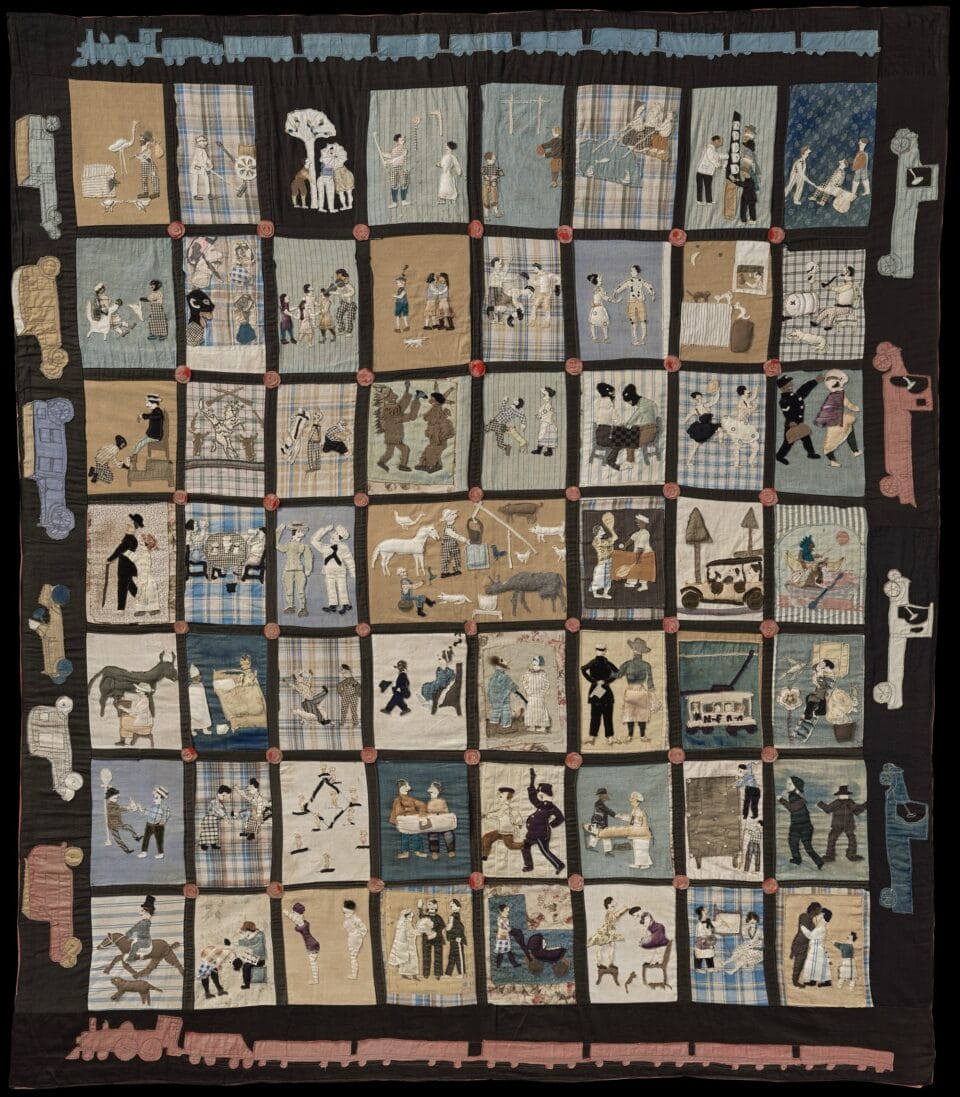
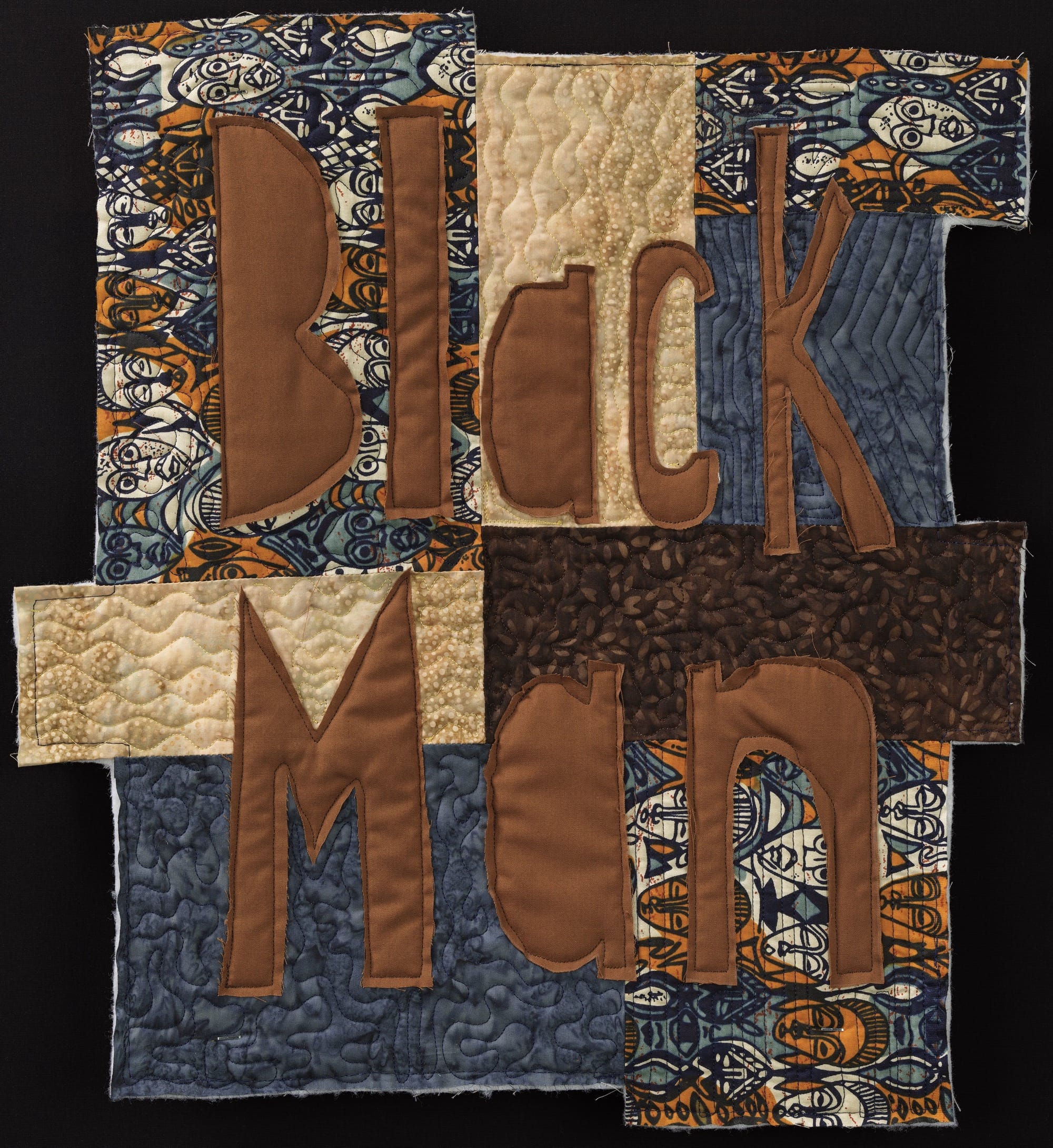
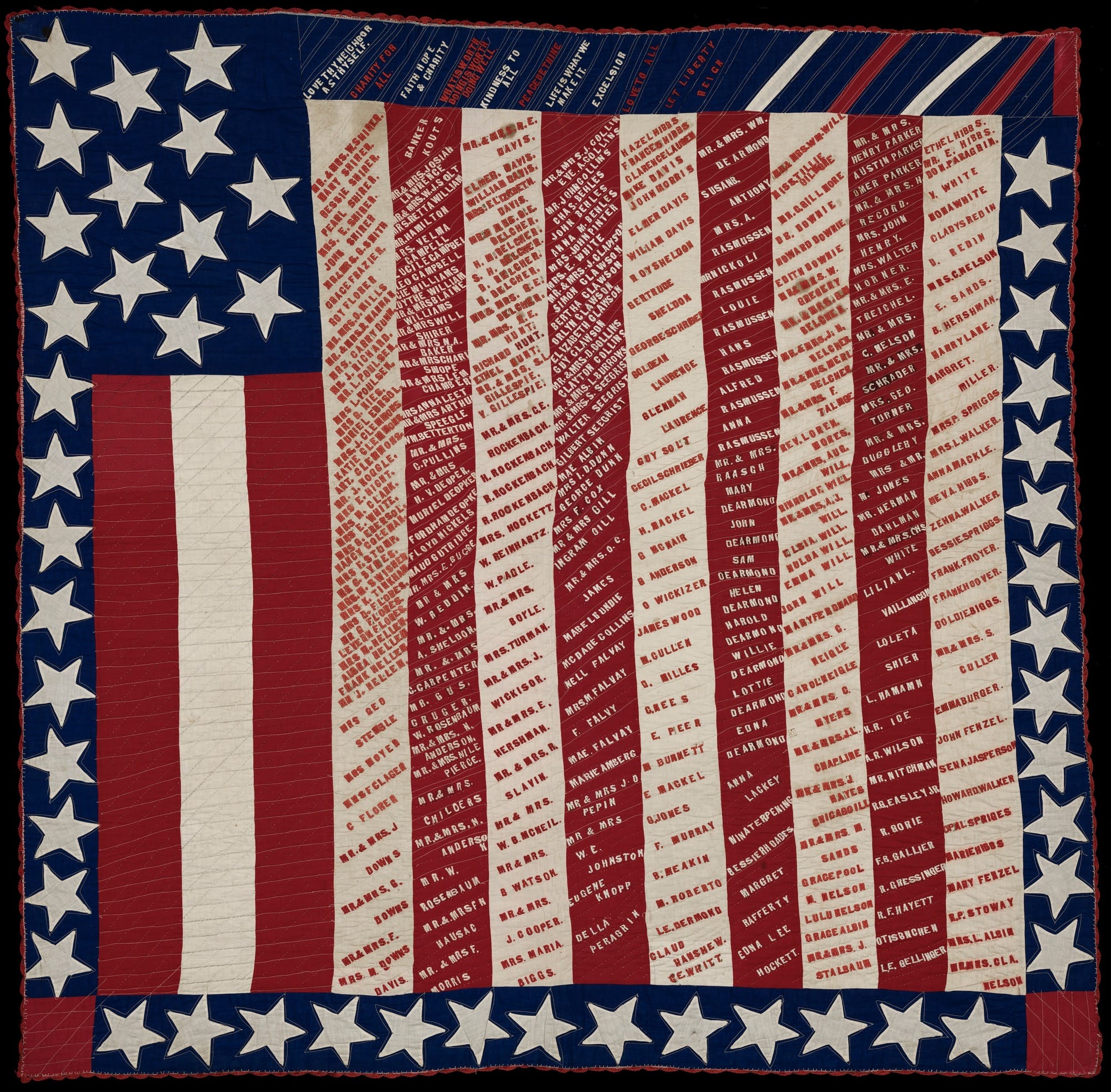
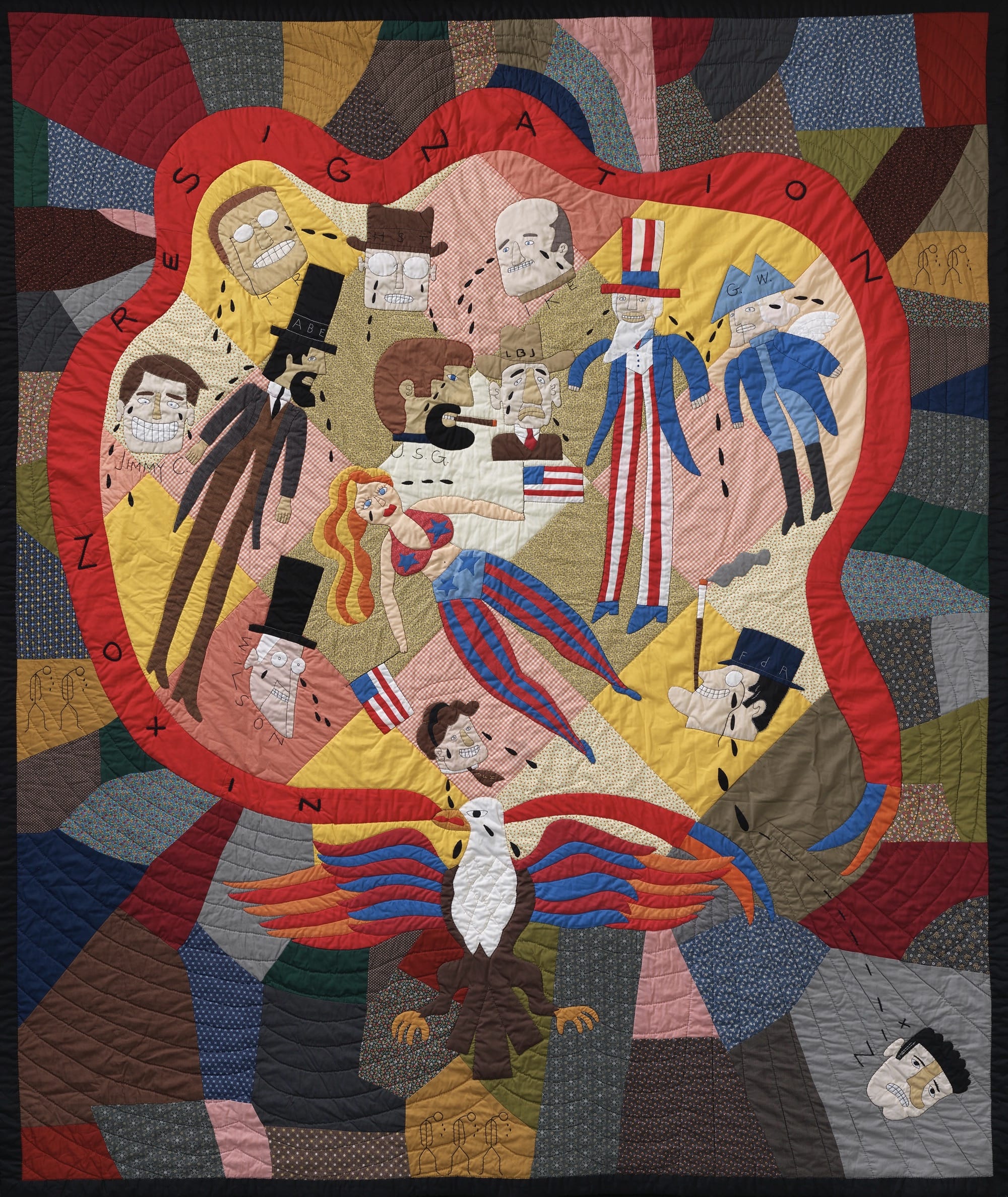
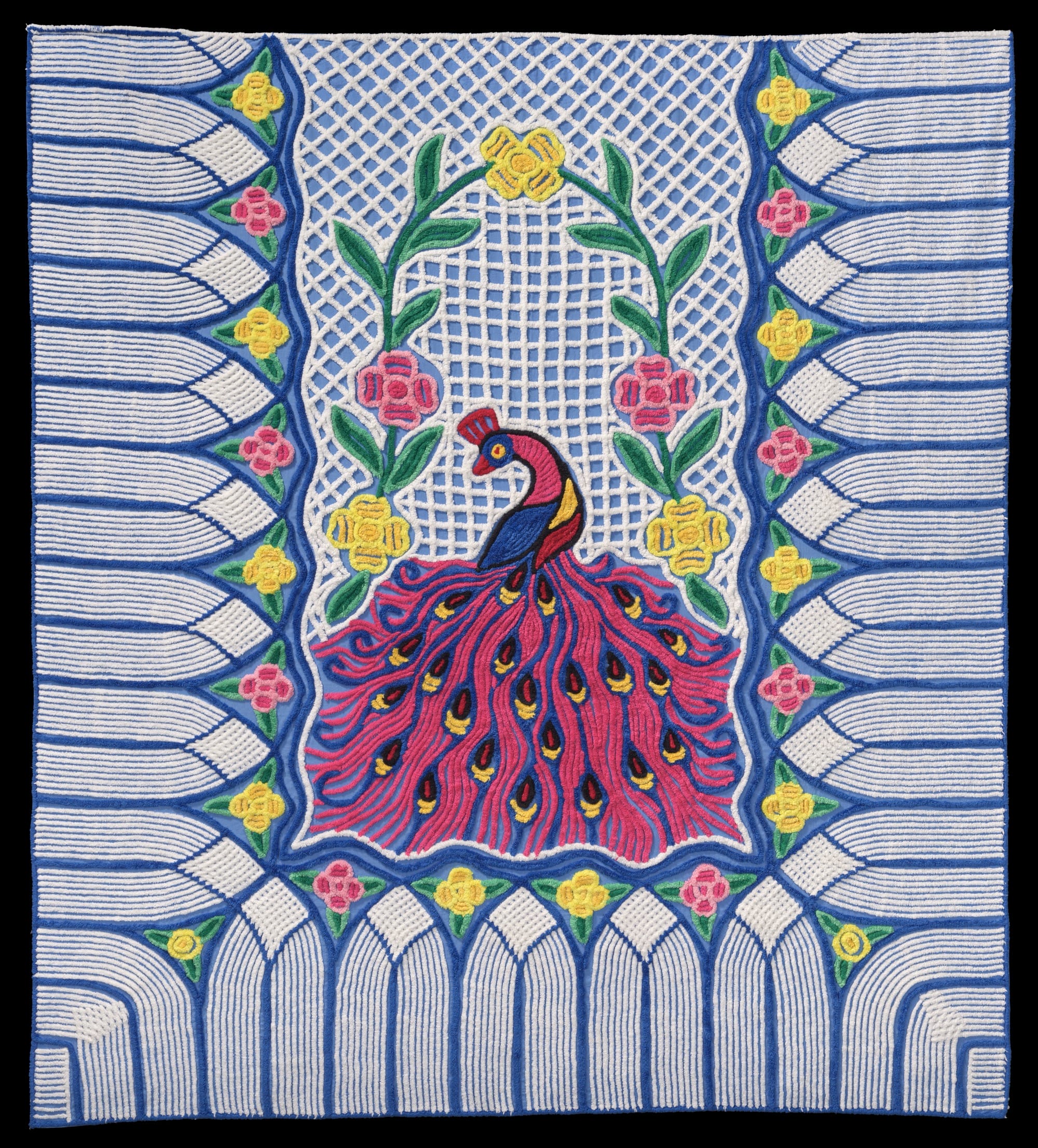
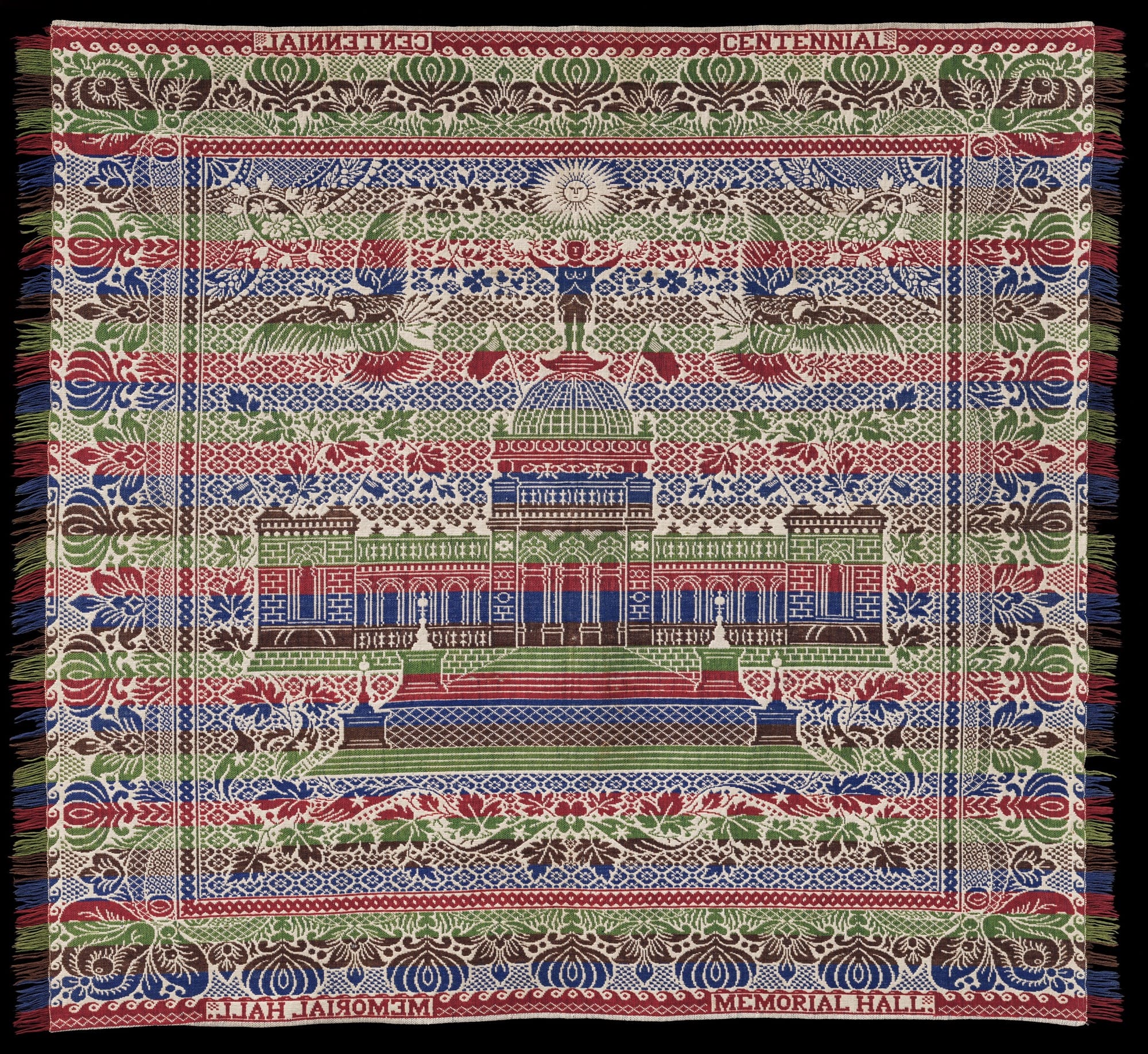
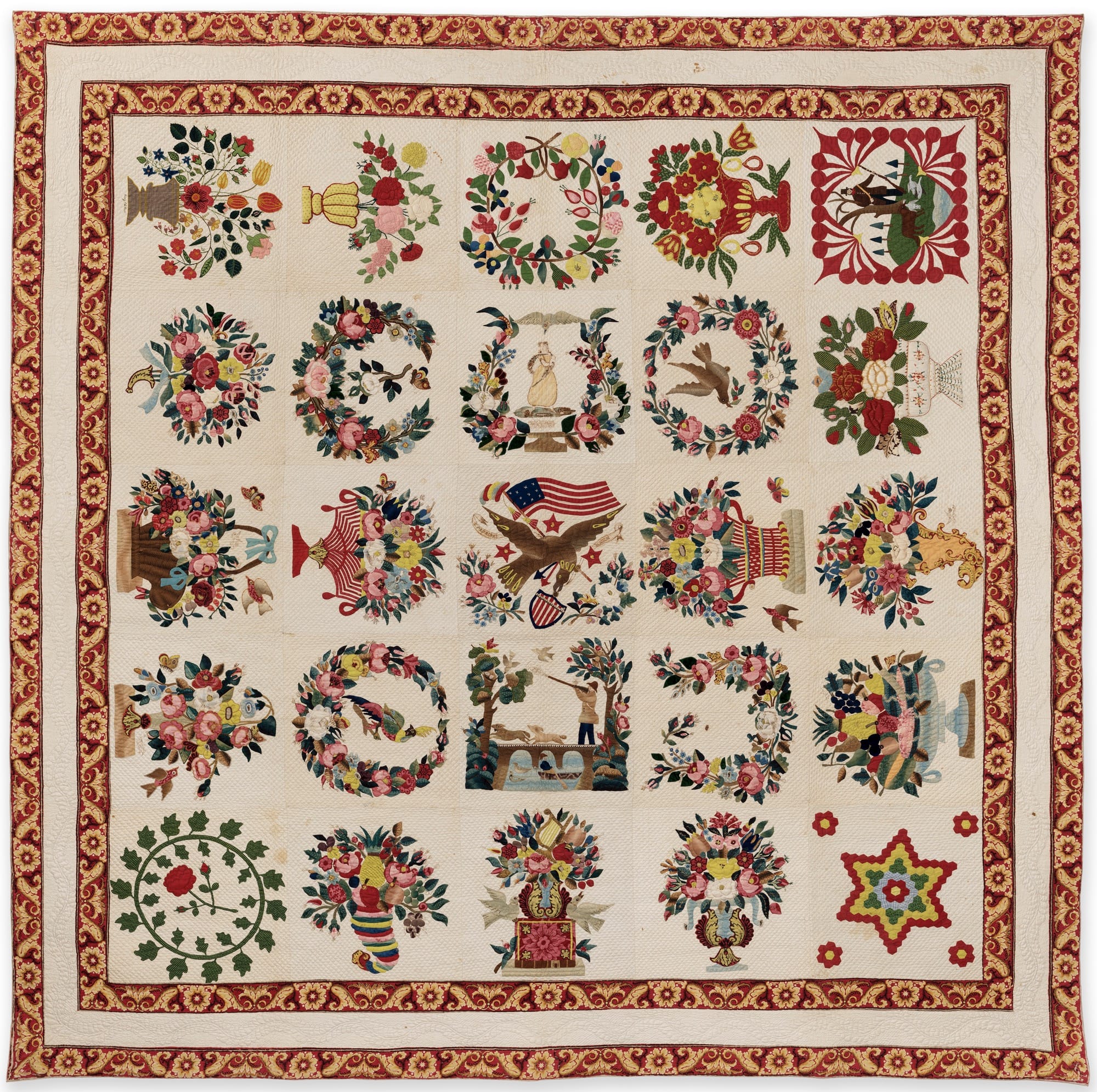
Do stories and artists like this matter to you? Become a Colossal Member today and support independent arts publishing for as little as $7 per month. The article Explore Storytelling Through 300 Years of Quilts in ‘Fabric of a Nation’ appeared first on Colossal.